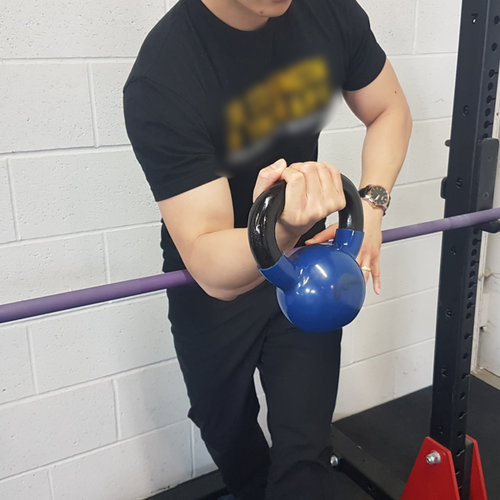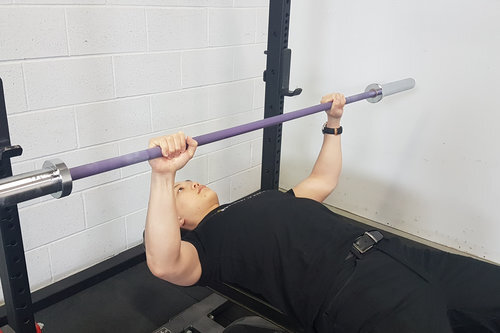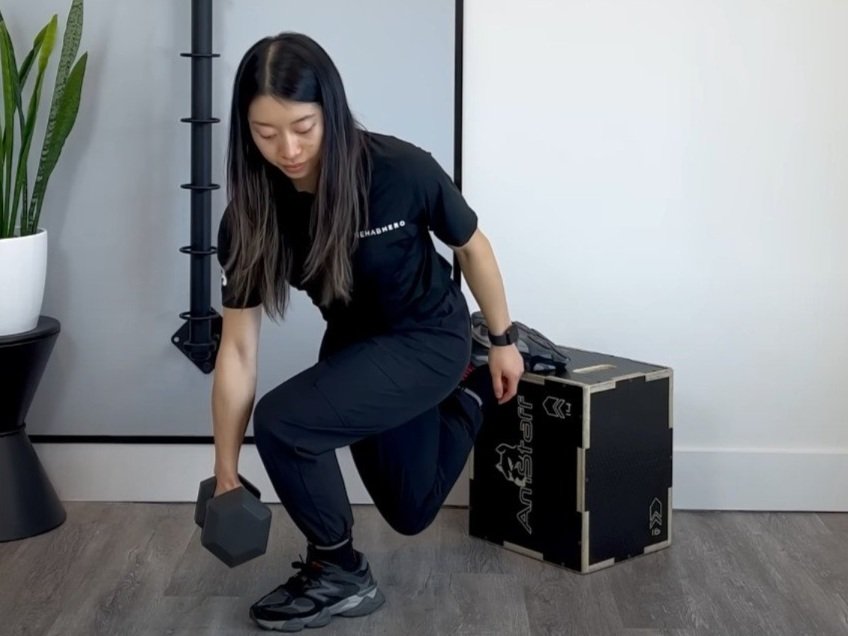5 THINGS YOU NEED TO KNOW ABOUT MOVEMENT (PT. 1/5) INTRO & JOINT MOBILITY
Part 1 - Joint Stability
What you need to know to succeed in the world of movement.
Hello everyone, I am Dr. David Song, and this post will be about movement and what is required to perform at a high level without injury. Injuries can occur for any number of reasons, and they become more apparent with higher level activities. Whether you are a bodybuilder, weightlifter, powerlifter, athlete, or a fitness enthusiast, if the demands of your activity are greater than your tissue’s tolerance, injury will occur. Movement is a seemingly subconscious activity, with many of us moving without any intent. Our brain allows us to do this out of efficiency, but the game changes when the demands start to rise. For example, walking for many of us is a mindless activity, but deadlifting, squatting, cleaning, snatching, or pressing requires a lot of focus even at submaximal levels. Moving with intent is a topic for another day… today we will focusing on the minimum requirements you need to prevent injury and to recover from injury & maximize wellness.
Movement requirements can be broken down into a five categories that build up on each other to finally create a single gross movement. These 5 categories apply to all movement rehab programs, from low back pain to rotator cuff tears. All movements require these five things in order to perform at a optimal & pain free level:
1. Joint stability
2. Flexibility
3. Mobility
4. Capacity / Strength
5. Motor Patterning
Now these categories are by no means set in stone, and many may even disagree with how I decided to categorize movement requirements, but the principles will remain the same. These categories are useful for determining where you are at in your recovery process, and which steps you need to take next in order to get to full function. Let’s. Dig. Deep.
Today’s Part 1 post will be on Joint Stability.
Joint stability is required for effective joint movement. The lack of joint stability will inhibit surrounding muscles from working optimally, resulting in a sensation of relative weakness and even pain. Now, the bigger the movement, the more stability is required from more joints.
For example, assuming the same amount of weight is lifted, a biceps preacher curl is easier to do than a standing dumbbell biceps curl. Makes sense right? But why? Both exercises work the biceps brachii in relative isolation. However, one exercise has elbow and shoulder support, while the latter requires you to draw on joint stabilization at the elbow, shoulder, and the “core”. Similarly, you can lift a lot more weight in a leg press than you can in a back squat, despite being essentially the same movement. It’s the real deal.
Joint stability works both proximally (locally) and distally (a joint that is further away). A distal joint will require proximal joint stability in order to function optimally. The model of regional interdependence describes this phenomenon perfectly. Regional interdependence is a concept in which “a seemingly unrelated impairment in a remote anatomical region is the cause of or is associated with the primary injury”. This is observed in those with an uneven distribution of force during their bench press (the bar is crooked when they lift). In this example, the uneven bench press can be resolved by gripping the bar as hard as you can with the lagging arm. By doing so, you increase the demand required by the wrist joint, which will then recruit joint stabilization in the elbow, and shoulder. By stabilizing all the joints of the arm, the aforementioned person can complete their bench press evenly (ie bar is no longer crooked).
This phenomenon can also be demonstrated with a tennis ball squeezing exercise. Grab a tennis ball. Lightly grip onto it, and you will notice muscles of the hand and wrist begin to contract. Squeeze it a bit harder and you will notice your forearm muscles flexing harder and begin to stabilize the elbow joint. Squeeze a bit harder and you will noticed that your shoulder jumps in and starts to stabilize as well. Squeeze as HARD AS YOU CAN and you will now notice you are bracing your core to complete the task. We have just increased the demand of the task to the point where joint stability was required in the spine. Higher demand requires higher levels of stability.
So where do we go from here & how do we train joint stability?
All in all stabilization exercises are effective at both the local and global level. A plank is not just a core exercise. It is an exercise that can develop joint stability from your toes to your elbows. This is why some clients or patients may complain of “shoulder burning” before “core burning”. There is a disconnect in joint stability and muscular endurance for those individuals, their muscular shoulder stability is just not up to the task. In those instances its always best to regress regress regress, and then build it up from there.


























